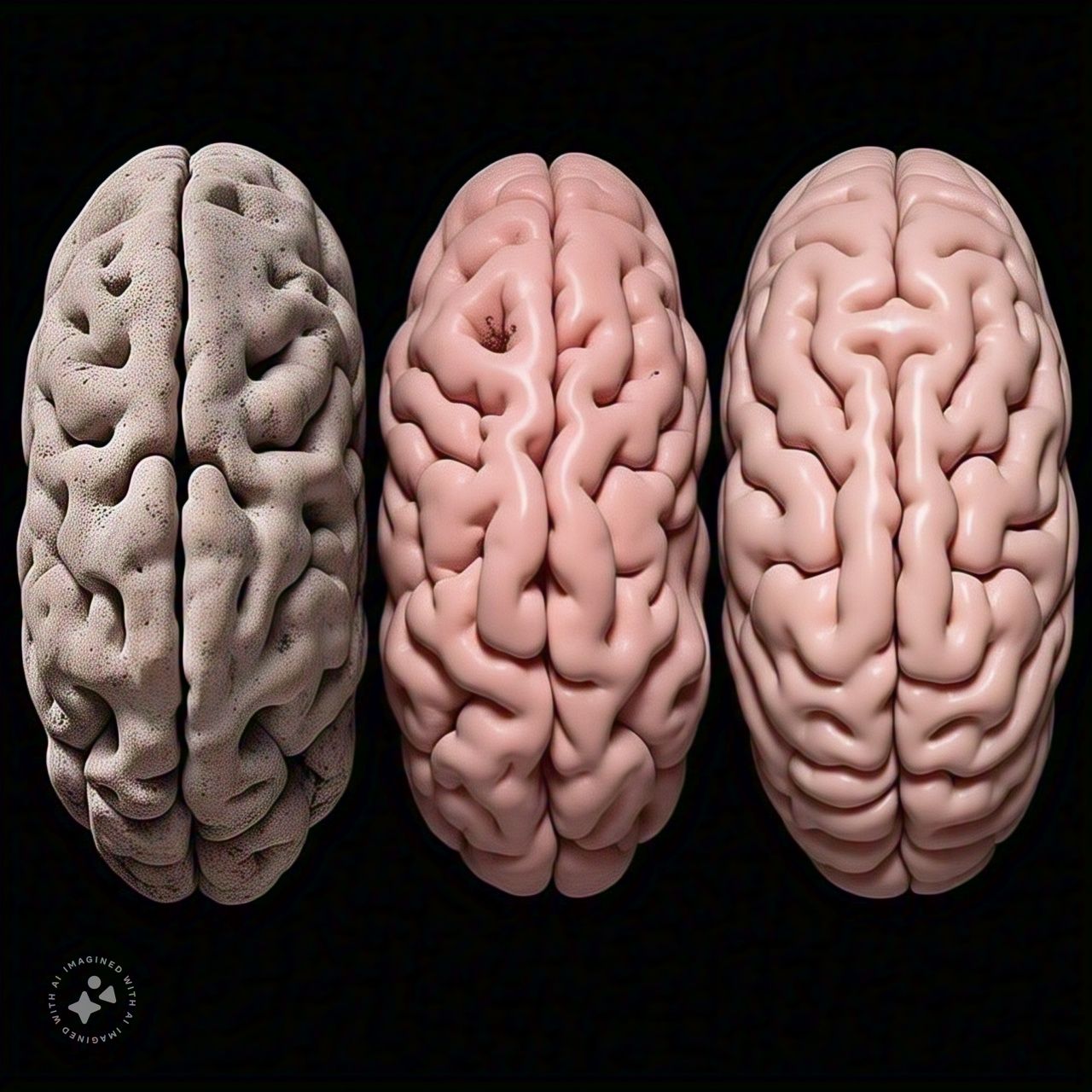
How the Brain Behaves in Adolescents, Young Adults, and Older Adults
The human brain undergoes significant transformations from adolescence to old age, affecting decision-making and emotional regulation.
How the Brain Functions in Adolescents, Young Adults, and Older Adults: Decision-Making, Choices, and Emotions
The functioning of the brain varies significantly throughout life, influencing decision-making, emotional regulation, and the ability to make choices. Below, we explore the distinctive characteristics in adolescents, young adults, and older adults.
Adolescents
During adolescence, the brain undergoes a critical phase of development. The prefrontal cortex, responsible for executive functions such as planning and impulse control, is not yet fully developed. In contrast, the limbic system, associated with emotions and reward-seeking, is highly active. This disparity can lead to impulsive decisions and a greater propensity for risk-taking.
Additionally, adolescents are more sensitive to social and emotional influences, which can affect their judgment and behavior. Peer pressure and the desire for acceptance play a significant role in their choices.
Young Adults
In young adulthood, the prefrontal cortex reaches full maturity, enhancing the ability to plan, assess risks, and control impulses. The integration between the limbic system and the prefrontal cortex enables better emotional regulation and more balanced decision-making.
However, factors such as work-related stress, financial responsibilities, and personal relationships can influence decisions and emotions. Adaptability and resilience are crucial for managing these challenges effectively.
Older Adults
As people age, the brain undergoes structural and functional changes. While accumulated experience and knowledge can improve decision-making in certain contexts, there is a decline in processing speed and working memory. These changes may affect the ability to handle new information and make quick decisions.
Regarding emotions, older adults tend to exhibit greater emotional stability and a more positive outlook, a phenomenon known as the "positivity effect." However, they may also face challenges related to loneliness and the loss of loved ones, which can impact their emotional well-being.
Conclusion
The human brain undergoes significant transformations from adolescence to old age, affecting decision-making, emotional regulation, and the ability to make choices. Understanding these differences is essential for developing strategies to optimize well-being and mental health at every stage of life.











LEAVE A COMMENT: